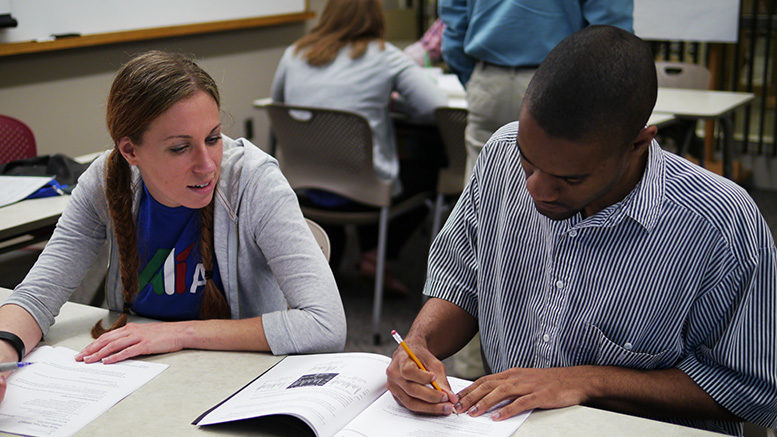The virtual editions of the Quantway and Statway math courses are boosting students’ successful course completion rates by three to four times the rate of more traditional course sequences, a study by WestEd finds.
The Carnegie Math Pathways programs promote the idea that math should be a gateway, not a gatekeeper, for college education. The two courses are aimed at ensuring community college students complete their math requirements faster and don’t get stuck in developmental math.
Statway is focused on statistics, data analysis and causal reasoning. It is designed to teach skills essential for a growing number of occupations that require decision-making under conditions of uncertainty. Quantway is focused on quantitative reasoning and mathematical understanding.
The Quantway and Statway virtual courses were launched this summer to address one of the key challenges of distance learning – social connection – by leveraging “integrated video conferencing and digital analytic tools that help students meaningfully engage in learning,” WestEd says.
Engaging students
The courses, initially developed by the Carnegie Foundation for the Advancement of Teaching, are now a project within WestEd.
According to WestEd, students enrolled in the virtual courses are achieving success at the same rate as their peers who participated in the Carnegie Math Pathways in-person courses.
Quantway and Statway Virtual use an intuitive and adaptive digital learning platform. The courses promote “collaborative, discovery-based learning that nurtures connection to peers, the instructor, and the course content,” WestEd says. As a result, students become deeply engaged in math, “leading to improved student outcomes in the course and beyond.”
The virtual courses were designed by faculty based on what works in a classroom environment. They replicate the in-person experience as much as possible.
Quantway and Statway Virtual have built-in class Zoom collaboration sessions, for example, that allow students to work through the lessons together. Students discuss problems and possible solutions before inputting their answers into the system.
Mathematical reasoning
George Alexander, a math professor at Madison Area Technical College in Wisconsin, “has seen very good results” from the students in his virtual Quantway classes. Alexander has been teaching Quantway for six years and finds the virtual class comparable to the in-person version.
Students at Madison College take Quantway if they’re in a technical degree program that doesn’t require intensive math, such as automotive technology, humanities, psychology or criminal justice. The college also offers Quantway Core, which is for students who are underprepared for college-level math.
Quantway emphasizes thinking, reasoning and collaboration, Alexander says. The courses are live with scheduled class times, so everyone is there at the same time. He likes how the virtual course focuses on group and peer-to-peer learning.
“My students were skeptical at first, but now feel like they’re really learning,” Alexander says. He teaches 100 students in four classes, and only two or three are not engaging with the class.
He asks students to use math to understand a real-world situation, and they learn math skills and use formulas to solve problems.
“The idea is to get our brains to work through a problem we don’t already know how to do,” he says.

